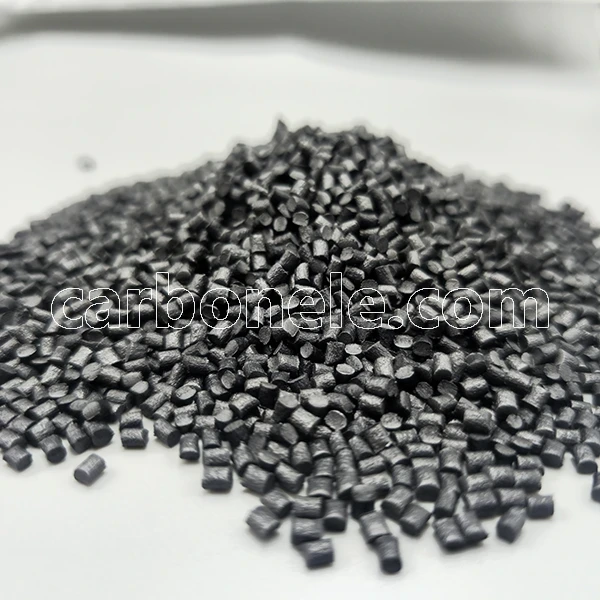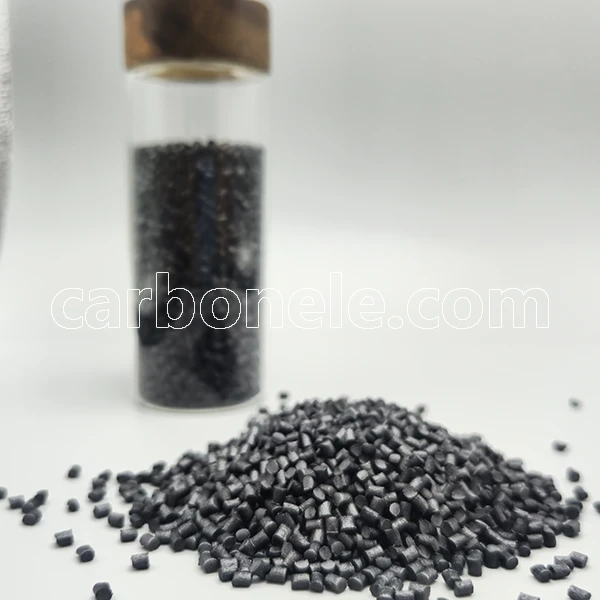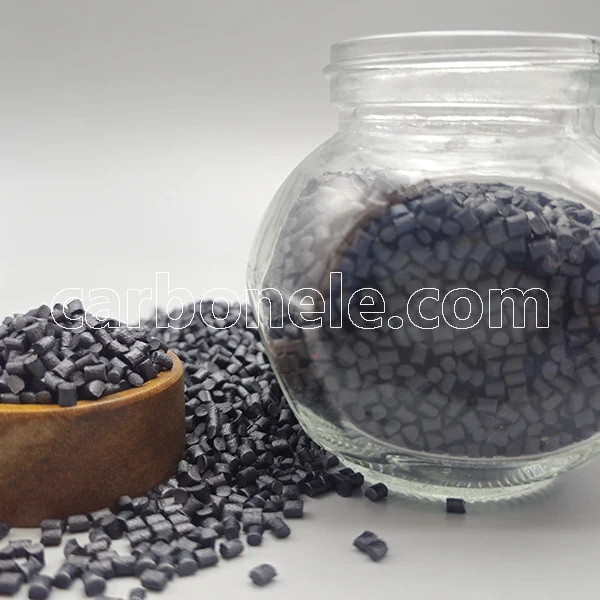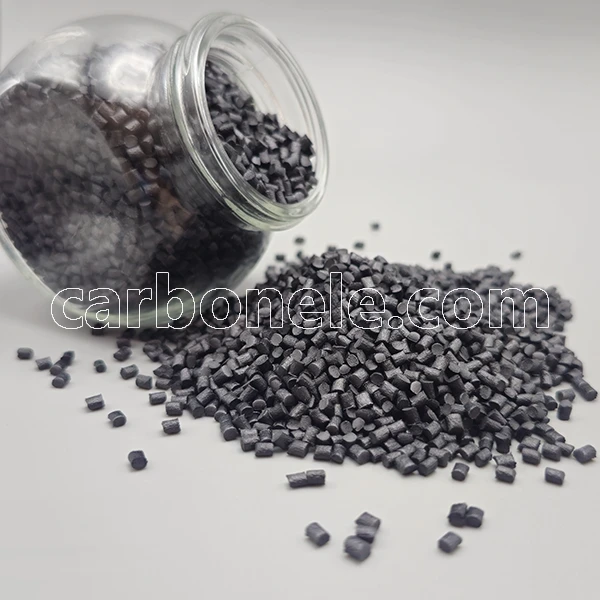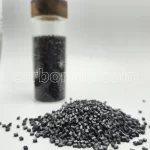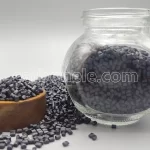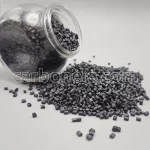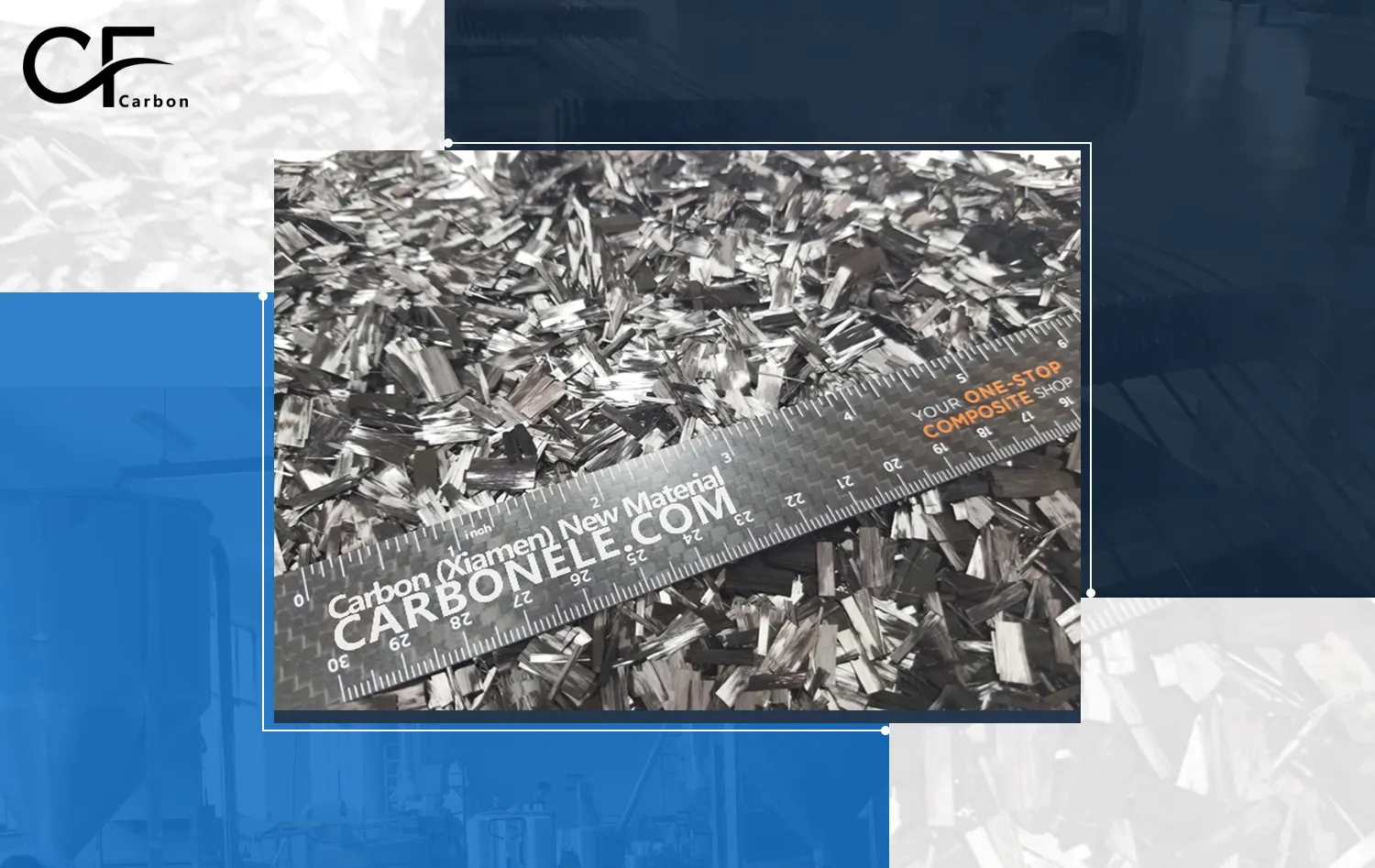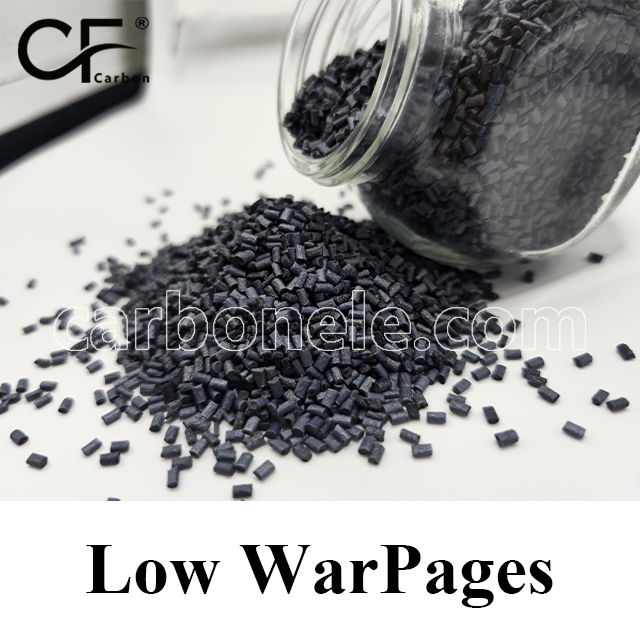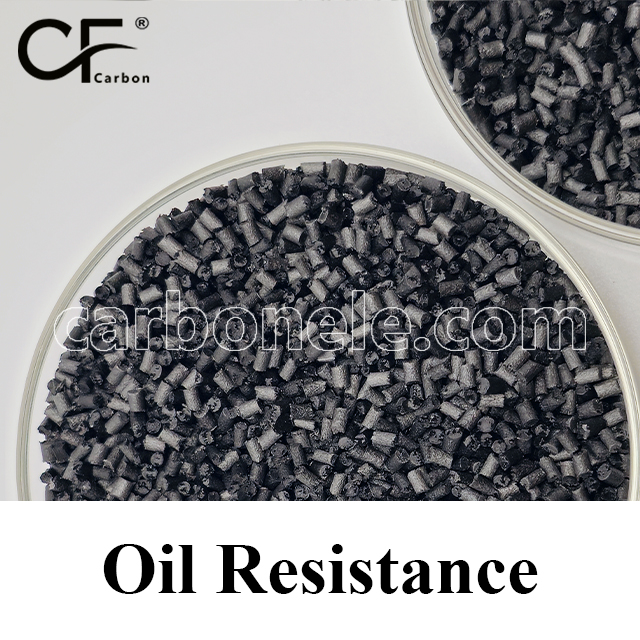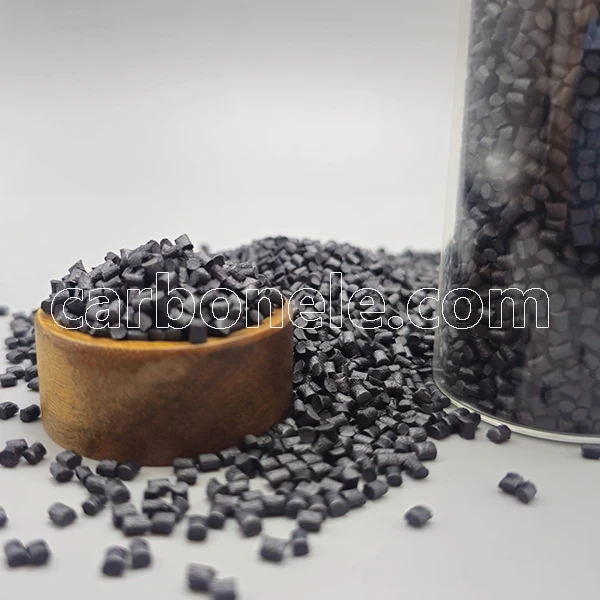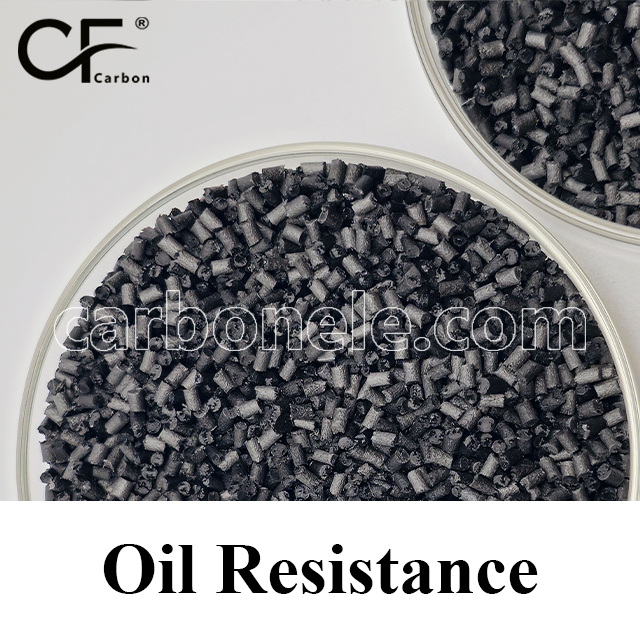
High-temperature Resistance PEI CF40 for Aerospace Components
PEI CF40 ingeniously combines the high-performance attributes of PEI with the unrivaled strength and rigidity of carbon fiber. The result is a material that is exceptionally well-suited for a wide array of high-demand applications, driving innovation and performance in various industries.
- Manufacturer: Carbon New Material
- OEM/ODM: Acceptable
- Color: Black
- Free Samples: ≤25kgs
- MOQ: 100kgs
- Port: Xiamen
- Model Number: PEI-CF-BCA4
40% Carbon Fiber PEI : A Revolutionary Composite Material
PEI 40% Carbon Fiber refers to a specific type of composite material where PEI (Polyetherimide) is reinforced with precisely 40% carbon fiber by weight.
PEI (Polyetherimide), a remarkable high-performance thermoplastic, is widely recognized for its exceptional mechanical properties. It exhibits outstanding tensile and compressive strengths, along with excellent flexibility and toughness. Not only that, but PEI also demonstrates remarkable thermal stability, being able to retain its strength and dimensional stability even at extremely high temperatures. This makes it highly suitable for a wide range of demanding applications in the aerospace, automotive, and electronics industries. Its resistance to chemicals and radiation further adds to its appeal, allowing it to withstand harsh environments without degradation.
Carbon Fiber Reinforcement: The incorporation of carbon fiber into PEI brings about a substantial enhancement of its properties. Carbon fibers are renowned for their incredibly high strength-to-weight ratio and exceptional stiffness. When seamlessly integrated into PEI, they profoundly improve its mechanical characteristics, such as tensile strength, rigidity, and impact resistance. This reinforcement also significantly reduces the material’s thermal expansion coefficient, thereby enhancing its dimensional stability and ensuring precise performance over a wide range of temperatures.
What PEI CF40 feature?
1. Strength and Stiffness: The composite offers significantly enhanced mechanical properties compared to unreinforced PEI. This means greater load-bearing capacity and improved resistance to deformation, making it suitable for applications subjected to heavy loads and mechanical stresses.
2. Thermal Stability: It maintains its superior performance even at elevated temperatures, ensuring consistent functionality and reliability in high-temperature environments without sacrificing mechanical integrity.
3. Weight Reduction: Being lightweight in comparison to traditional metal counterparts, it presents a significant advantage in applications where weight minimization is a critical concern. This weight reduction can lead to improved fuel efficiency in automotive applications or increased payload capacity in aerospace designs.
Which field can PEI 40%CF composites be used in?
PEI with 40% carbon fiber finds extensive use in applications that demand both exceptional strength and superior thermal stability. Common areas of application include aerospace components like wing structures and engine parts, high-performance automotive components such as suspension systems and lightweight body panels, and precision engineering components in the fields of robotics and medical devices. The composite is particularly ideal for environments where maintaining structural integrity and resistance to high temperatures are of paramount importance.
Innovation application in aerospace fields
In the present era when high-performance composite materials are competing to emerge and the pace of renewal is accelerating day by day, 40% carbon fiber-reinforced PEI thermoplastic composite material (PEI CF40) has stood out with its outstanding performance.
PEI CF40 demonstrates remarkable high-temperature resistance and high strength characteristics. Because of this, it has been widely used in the aerospace field, which has extremely strict material requirements. Take the manufacturing of engine components of new aircraft as an example. PEI CF40 plays a crucial role. The complex structural components inside the engine must operate stably and persistently under extremely harsh conditions of high temperature and high pressure. Traditional materials often seem inadequate in the face of such challenges.
However, PEI CF40 can not only easily withstand a working temperature of up to 200°C, but its strength is far beyond that of ordinary materials. This advantage greatly optimizes the performance of the engine, significantly enhances its reliability, effectively reduces the probability of failures, and extends the service life of the engine.
It is worth mentioning that Carbon (Xiamen) New Material, as an outstanding manufacturer in the industry, has spared no effort in the research and development and production of PEI CF40 materials, providing solid and powerful technical support. With a rigorous attitude, they strictly control every production link, from the screening of raw materials, to the optimization of production processes, and to the strict implementation of quality inspections. They do not let go of any detail that may affect product quality, thus effectively ensuring the high quality and stability of PEI CF40.
Looking forward to the future, along with the continuous progress of technology, we have every reason to be full of expectations. This high-performance composite material PEI CF40 will surely shine brilliantly in more cutting-edge fields, show its unique charm, and inject a continuous and powerful impetus into the development of human science and technology.
Learn more information on PEI resins with carbon fiber filled or more CFRTPs, please click here.
If you had any interest in the product, please don’t hesitate to communicate with us.
Frequently Asked Questions
Carbon (Xiamen) New Material Co., Ltd. aims to provide buyers with "one-stop" worry-free high-quality services. Here you can find all information about carbon fiber engineering plastics. If you still have questions, please send us an email for consultation!
-
How can I contact the manufacturer of a product that interests me?
When you find a product you are interested in, you can contact the manufacturer directly by sending an email and we will get back to you as soon as possible.
-
How do I find the products that interest me?
All you need to do is enter the keyword, product name in the search window and press the Enter key on your keyboard. Your search results page will then be displayed. You can also search within the product category pages on the home page. Each category is divided into subcategories, allowing you to refine your search and find products that interest you.
-
Where will I find a buying guide?
Please contact our after-sales service directly and we will provide you with a comprehensive operating guide.
-
What are CF Reinforced Thermoplastic Composites?
CF Reinforced Thermoplastic Composites are materials where carbon fibers are incorporated into a thermoplastic matrix. They combine the strength and stiffness of carbon fibers with the processability and recyclability of thermoplastics. For instance, they are used in automotive parts like bumper beams.
-
What are the benefits of CF Reinforced Thermoplastic Composites over traditional composites?
The key benefits include faster production cycles, easier recyclability, and better impact resistance. They also offer design flexibility. An example is in the manufacturing of consumer electronics casings where complex shapes can be achieved more easily.
-
How are CF Reinforced Thermoplastic Composites processed?
Common processing methods include injection molding, extrusion, and compression molding. Injection molding is widely used for mass production. For example, in the production of small components for the medical industry.
-
What industries use CF Reinforced Thermoplastic Composites?
They are utilized in aerospace, automotive, medical, and sports equipment industries. In aerospace, they can be found in interior components. In the medical field, they might be used in prosthetics.
-
How does the carbon fiber content affect the properties of the composites?
Higher carbon fiber content generally leads to increased strength and stiffness but may reduce ductility. A moderate content is often balanced for specific applications. For example, a higher content might be preferred in structural parts of a race car.
-
What are the challenges in using CF Reinforced Thermoplastic Composites?
Challenges include higher material costs, complex processing equipment requirements, and ensuring uniform fiber dispersion. Issues with adhesion between the fibers and the matrix can also arise. An example is in achieving consistent quality in large-scale production.









